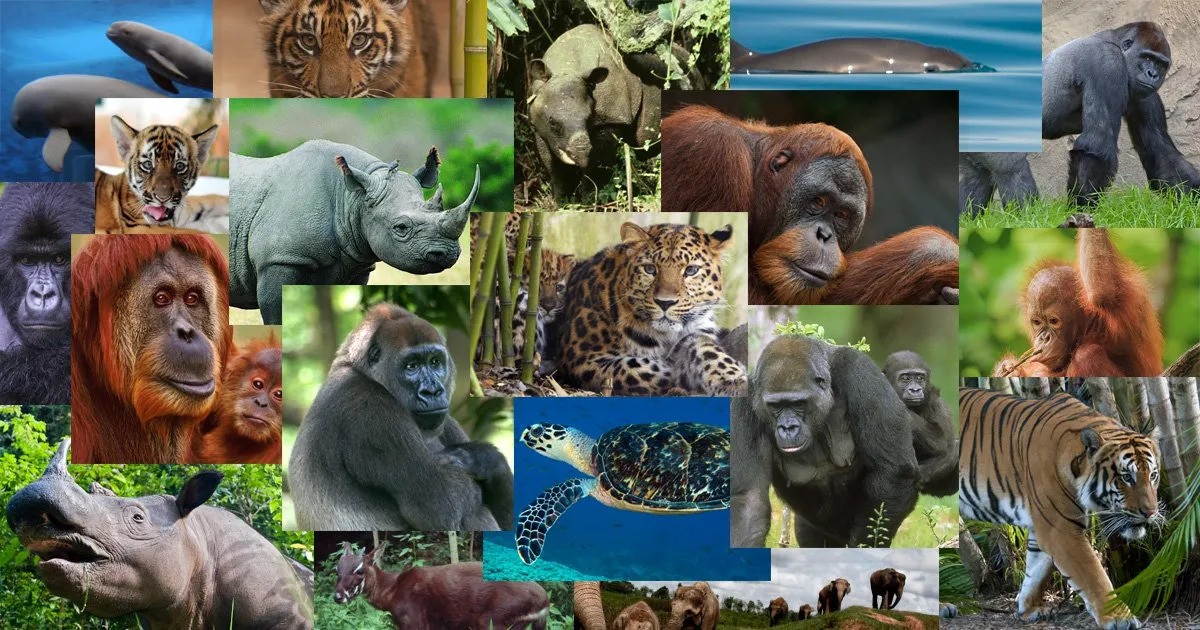In the vast tapestry of life on Earth, the evolution of Katze species is a captivating saga that unfolds over millions of years. From the humble beginnings of single-celled organisms to the diverse array of creatures that inhabit our planet today, each species has its own unique evolutionary tale. In this blog, we will delve into some of the most intriguing stories of animal evolution, highlighting the remarkable adaptations and survival strategies that have shaped the natural world.
The Cambrian Explosion: The Cambrian Explosion, which occurred approximately 541 million years ago, marked a pivotal moment in the history of life on Earth. During this period, there was a rapid diversification of multicellular organisms, giving rise to the earliest ancestors of many modern animal phyla. This sudden burst of evolutionary innovation resulted in the emergence of a wide range of body plans and ecological niches, laying the foundation for the incredible diversity of animal life that followed.
Adaptations for Survival: One of the most fascinating aspects of animal evolution is the myriad of adaptations that species have developed to survive and thrive in their environments. From the camouflage of chameleons to the incredible speed of cheetahs, these adaptations are the result of millions of years of natural selection. For example, the long neck of the giraffe allows it to reach high branches for food, while the streamlined body of dolphins enables them to move swiftly through the water.
Co-evolutionary Relationships: Another intriguing aspect of animal evolution is the phenomenon of co-evolution, where two or more species evolve in response to one another. This often results in symbiotic relationships, where each species provides a benefit to the other. One classic example is the co-evolution between flowers and their pollinators. As flowers evolved to produce nectar and brightly colored petals to attract pollinators such as bees and butterflies, these insects, in turn, developed specialized mouthparts and behaviors to access the nectar, thus facilitating the reproductive success of the plants.
Extinction and Adaptation: Throughout Earth’s history, many animal species have faced extinction due to environmental changes, competition, and other factors. However, extinction is not always the end of the story. Some species have managed to survive by adapting to new conditions or evolving into new forms. A notable example is the evolution of birds from small theropod dinosaurs in the aftermath of the mass extinction event that wiped out the non-avian dinosaurs. Today, birds are one of the most diverse and successful groups of animals on the planet.
Human Impacts on Evolution: In recent times, human activities have had a profound impact on the evolution of animal species. Habitat destruction, pollution, climate change, and hunting have led to the decline and extinction of many species, while others have adapted to human-altered environments. For example, urbanization has driven the evolution of city-dwelling animals with traits that enable them to survive in urban landscapes, such as altered sleep patterns and tolerance to human disturbance.
Conclusion: The evolutionary tales of animal species are a testament to the incredible power of adaptation and resilience in the face of changing environments. From the ancient origins of life in the oceans to the bustling ecosystems of the present day, the story of animal evolution is one of constant change, innovation, and interdependence.
